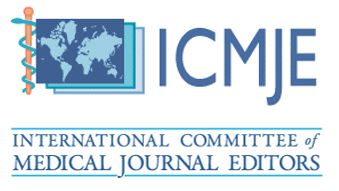Use of Polypropylene Membrane after Exodontia for Maintaining Bone Thickness: Case Report
After exodontia, several biological stages are expected to culminate in clot retraction, invagination of the gingiva over the edentulous alveolar space, and bone resorption of the alveolar walls. Generally, the resorption occurs greater in thickness than in the height of the remaining bone. Thus, it is imperative to use milder exodontic techniques that prevent bone loss, thus reducing the need for regenerative grafting techniques and alleviating patient morbidity. The maintenance of the blood clot within the alveolus is essential to promote angiogenesis and chemotaxis of the cells competent for bone formation, as well as to prevent invagination of the epithelial tissue. Subsequently, platelets are primarily responsible for encoding and producing new bone tissue, favoring post-surgical alveolar repair through bone morphogenetic proteins (BMPs). Occlusive membranes are commonly used for bone defect regeneration in guided bone regeneration techniques. However, most of them must remain submerged at the gingival level and should not be exposed to the oral environment. The polypropylene membrane has been widely used in the maintenance and immobility of the clot after exodontia, due to the advantage of being intentionally exposed to the oral environment. The purpose of this article is to present a case of the use of polypropylene membrane after exodontia of a cracked tooth that caused abscess and acute infection. The polypropylene membrane promoted the maintenance of blood clot inside the alveolus, avoiding gingival invagination, and above all, maintaining alveolar thickness, preparing the recipient bed for future rehabilitation with dental implant.
Keywords: bone regeneration; oral surgery; bioengineering; implant dentistry
Citation: Barros NMV, Salomao M, Shitsuka C, Pedron IG. “Use of Polypropylene Membrane after Exodontia for Maintaining Bone Thickness: Case Report”. SVOA Dentistry 2:4 (2021) Pages 161-167.











